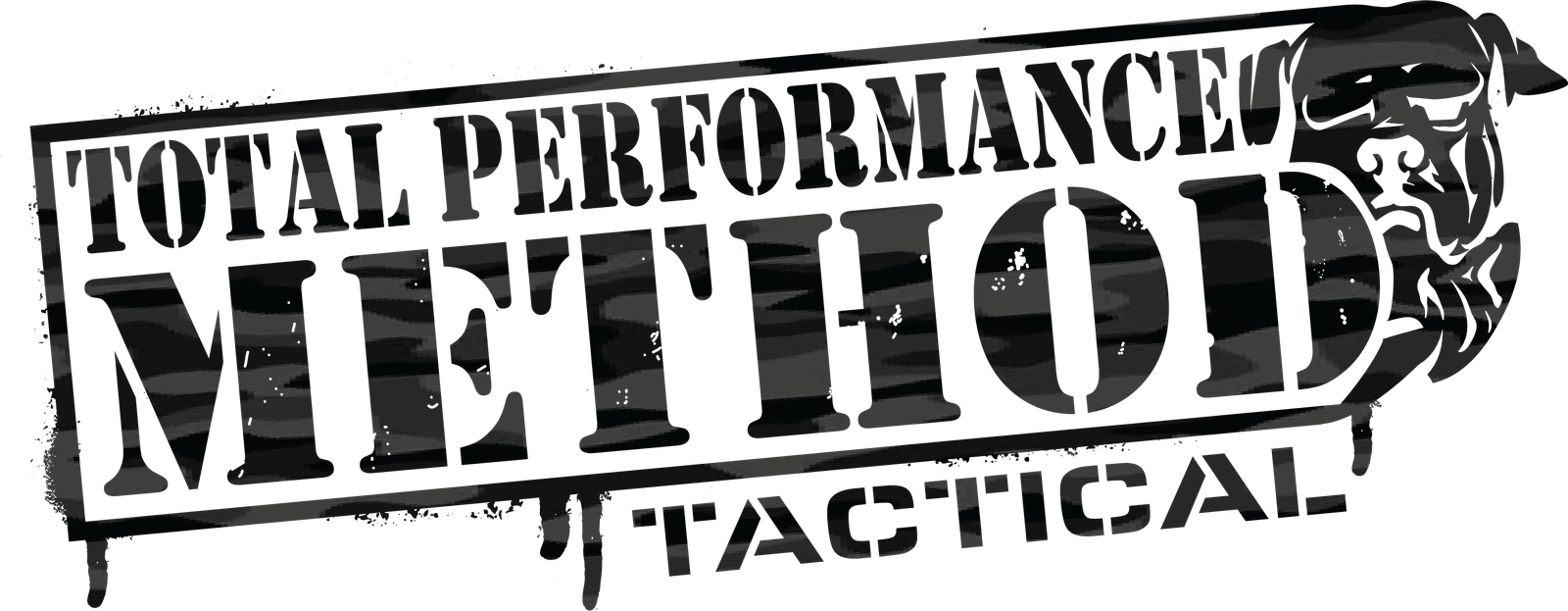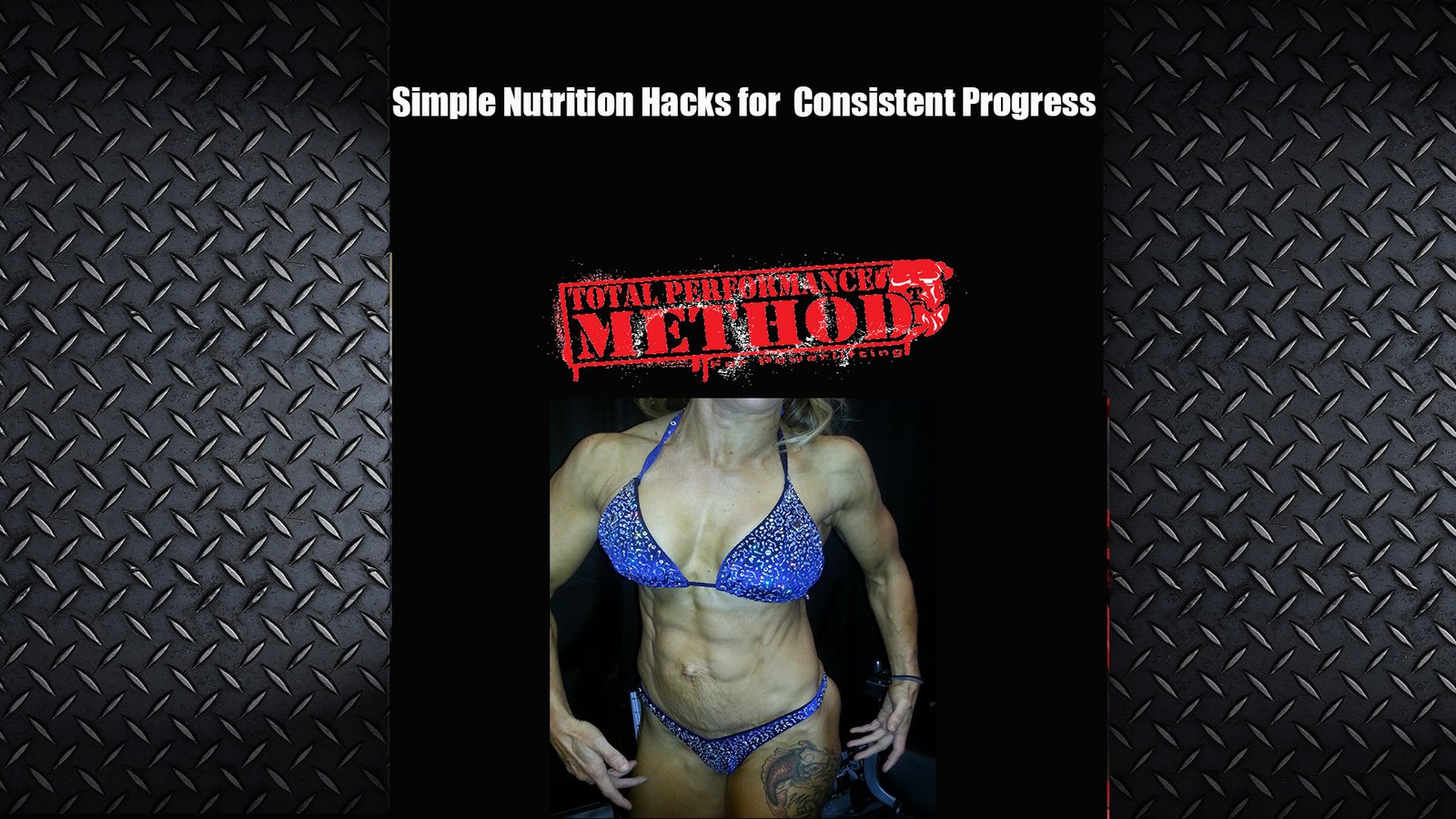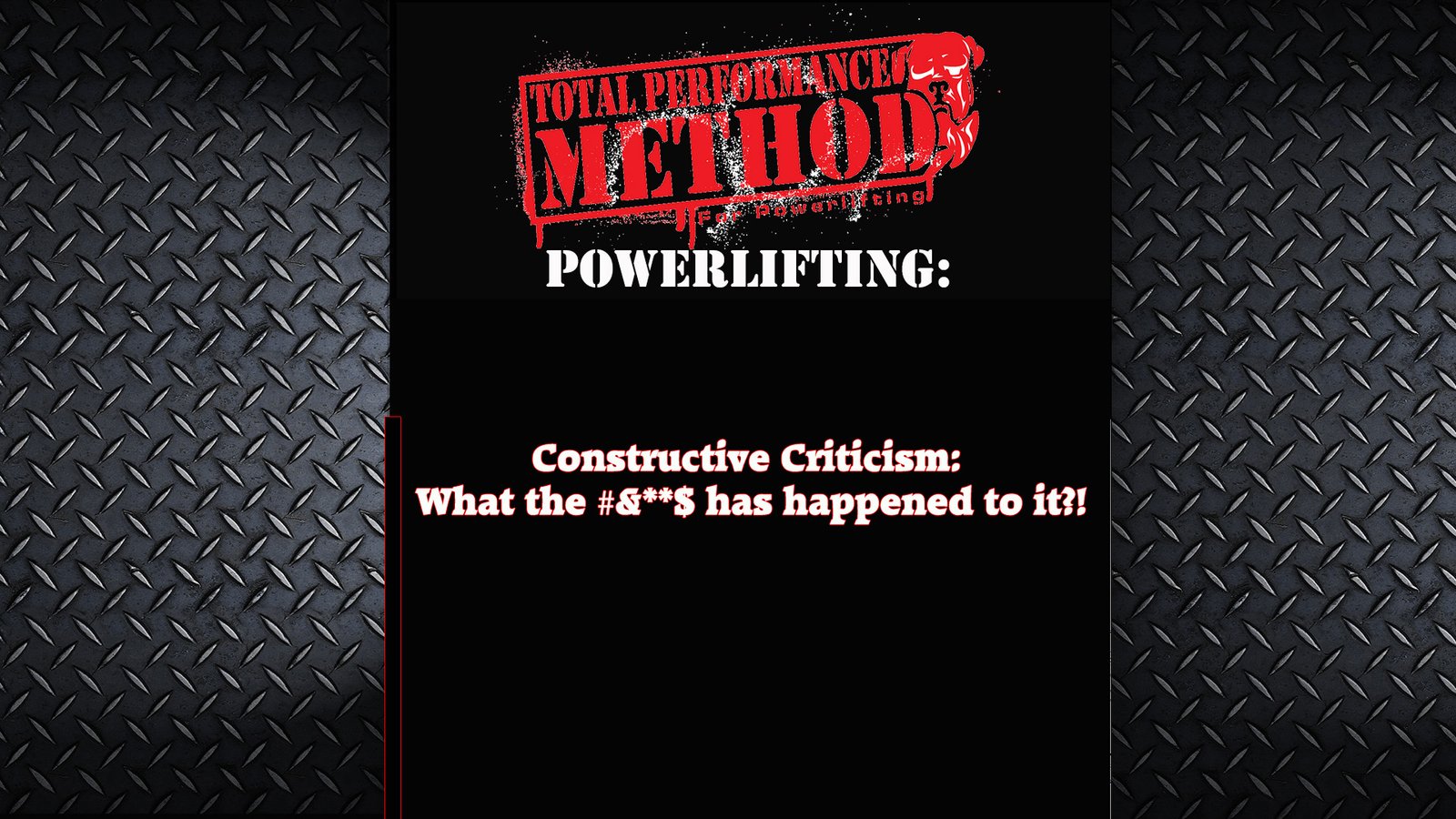If you look at the serious lifters in the gym, they are usually writing things down in a notebook after each set, once they have caught their breath. They are keeping a journal. The journal is full of information to track progress and it usually has the plan for the next few weeks already written out.
To make the most progress, take a cue from them as you go about your workout program, and take the time to write in a good workout journal. Those who keep track of their workouts on a regular basis are going to see enhanced overall results because they’ll know precisely where they stand at all times.
Just as you must have a thorough plan in place for each time you hit the gym, you should never go without having a clear record of all the achievements you’ve made. Don’t think that you will remember 8 weeks from now what you did today. I could have sworn that I squatted 900 pounds for 55 reps back in 1996, but if I look at my journal, I didn’t.
Not only does this help ensure that you push yourself as hard as possible with each coming workout session so that you can beat your last sessions performance, but if you ever feel your motivation start to wane, you can easily look back over your journal and see just how far you’ve come. It also gives you real information about what you actually did, and are expected to do over the next training cycle. It will also keep you fresh. You should have planned deload periods built in to your schedule. This prevents you from overtraining. Many times people continue to train at a high level for too long. This can halt your progress.
I have a friend who is known for training 100% balls out 365 days a year. He did this for about 20 years and is now an orthopedic wreck. He never took a deload and ALWAYS tried to do more. It worked for him for a while but his progress started to decline and injuries set in. He did not take this into account and is now paying for it. Lesson: keep a journal and have a plan with low intensity periods built in.
Let’s take a closer peek right now at the main things that you’ll want to be noting in your workout journal in order to see best results from it.
Bodyweight/Daily Incidents
You should keep track of what you weighed weekly. This is mainly applicable to serious lifters because weight affects your lifts. You can usually lift more in a higher weight class. This is also true for those on a fat loss plan. As body fat comes off, your power to weight ratio increases and you will see more work being able to be done with less baggage.
Daily incidents can affect your training too. Did you get enough sleep? Did you have a fight with your spouse? Is your boss riding your butt? Was your nutrition good or bad? Do you have a nagging injury? All of these factors and many more can affect your workouts daily. Make note of them.
Warm-up
Record what you did pre-workout to see later on what got you prepared better for your workout. Sometimes people do too little warm up, and sometimes they do too much. Keeping track will make sure you find the right balance.
The Exercises Performed
The next thing to make note of is the exercises that you performed. Writing this down will allow you to track which exercises have the most noticeable impacts on your body and which help to improve the way you look or transfer for strength.
If you’re doing squats and seeing great results but then start doing leg presses and don’t see as clear of improvements, that would then indicate that the squat is a much more preferable exercise for you. It usually is for all.
Each person responds slightly different to various movements, so this will help you learn best which ones will allow you to build your dream body.
Be sure to include the weights that you used as well.
The Reps And Sets Completed
Next, the second thing to look at is the number of reps and sets that you completed. Keeping track of this is important as these are two variables that you’ll want to constantly be changing around to make sure that you’re progressing.
If you did ten reps last session, the next session try and do eleven or twelve instead. This should be built into your plan. If you do not know how to program your workouts, consult a coach. TPS has many highly skilled coaches available.
The Rest Taken
Another key element that must be tracked in your workout journal is the amount of rest taken between sets. Rest is vital to monitor because this is a strong influencer over how intense that workout is.
If you’re using shorter rest periods, you’re going to notice that you get a greater metabolic boost from that workout session so this can become very important for helping to foster better overall fat loss results.
Shorter rest periods will also help to build up a higher tolerance level to fatigue, so again this is something that will really move you forward in the right direction.
There are many more things that you can record in your journal. These are the basics. How much information you record is up to you.
Don’t spend 30 minutes writing in your book during the workout. You can always make notes after. Be sure to record the main ones, such as sets and reps during your workout.
Good luck.







Leave A Comment